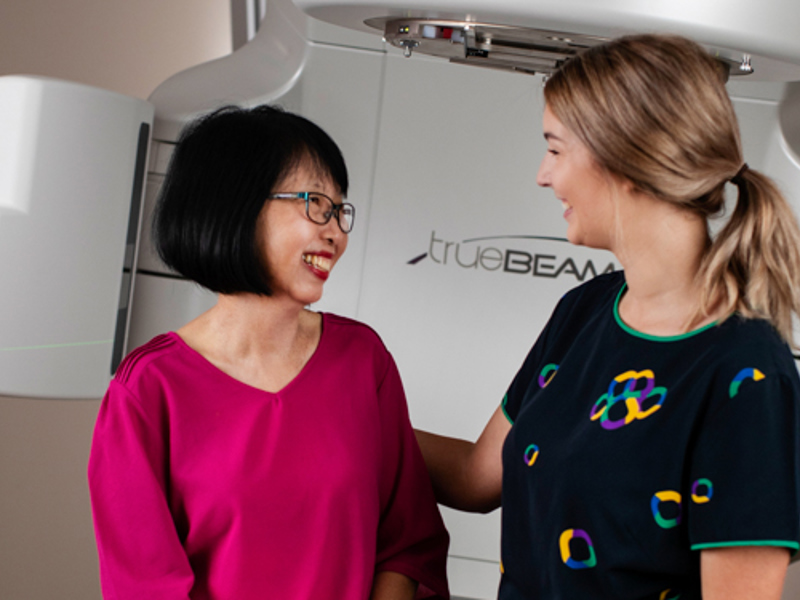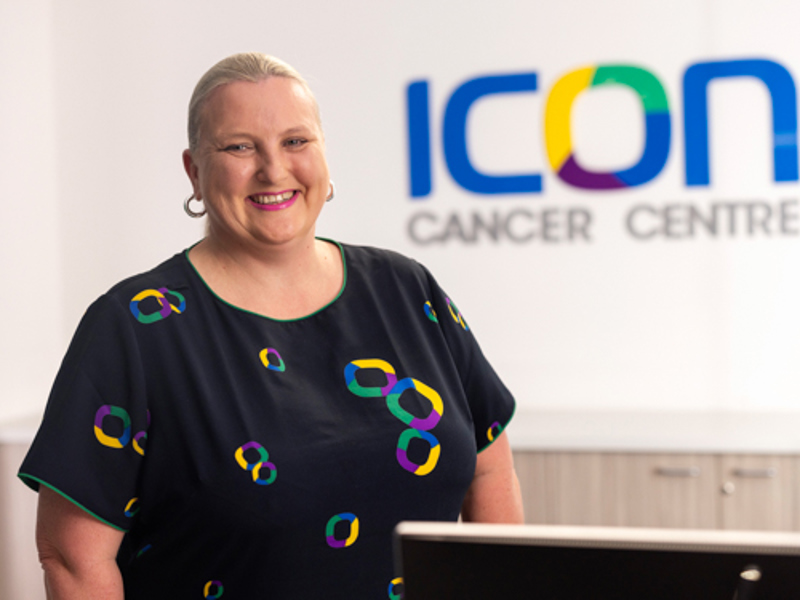
Everything you need to know about scalp cooling
Your breast cancer may be classified as hormone receptor positive or negative, depending on whether it has particular protein receptors on its surface or not. This is known as the hormone receptor status. Breast cancer cells with hormone receptors may be stimulated by your own natural hormones, or by the pill or hormone replacement therapy.
The hormone receptor status you receive may include:
ER+ (or ER positive) breast cancer – has receptors for oestrogen
PR+ (or PR positive) breast cancer – has receptors for progesterone
ER- and PR- breast cancer – has neither oestrogen or progesterone receptors
If your breast cancer is classified as hormone receptor positive, it may respond to treatments that adjust or block the hormones in the body. This is known as hormone or endocrine therapy.
If your breast cancer is classified as hormone receptor negative, hormone treatment will not be effective.
Your breast cancer may also be classified as HER2 positive or negative. This is called the HER2 status.
HER2 (or human epidermal growth factor receptor 2) is a protein receptor that promotes cell growth and is present on the surface of all breast cells.
If there is a higher than normal amount of HER2 protein receptors on the surface of the breast cancer cells, the breast cancer is classified as being HER2 positive. This occurs in about 20% of all breast cancers.

While there are many different types of breast cancer, it’s important to know that there are a wide range of treatments available. Your doctor will help you to understand what type of breast cancer you have and discuss your treatment options with you. These will depend on the subtype and stage of your breast cancer as well as your own health and personal situation.
Breast cancer treatment includes local treatment to the breast and lymph node regions. If your breast cancer can be removed with a clear margin, a lumpectomy and radiation therapy is as effective as a mastectomy. Breast cancer treatment also commonly includes drug therapy, such as hormone therapy and chemotherapy.

While there are many different subtypes of breast cancer, such as invasive ductal or invasive lobular carcinoma, your breast cancer can also be categorised based on your hormone and HER2 status. This helps in making decisions about the best treatment(s) for you, especially the best choice of drug treatment.
This means there is no excess of the HER2 protein on the breast cancer cells, but they do have oestrogen and/or progesterone hormone receptors. This is the most common type of breast cancer and is usually treated with endocrine therapy (also known as hormone therapy) and/or chemotherapy.
HER2 positive breast cancers are generally faster growing than other types of breast cancer.
However, there are drug treatments called targeted therapies that can be used to treat HER2 positive breast cancer. Targeted therapies work by specifically targeting and blocking the HER2 protein to slow or stop the growth of the cancer cells. It is usually used in combination with chemotherapy. Anti-HER2 drugs include Pertuzumab (herceptin).
HER2 positive tumours can be hormone-positive or negative. If a tumour is HER2, ER and PR-positive it is sometimes referred to as “triple-positive”.
If you have triple negative breast cancer, this means there are no oestrogen, progesterone or HER2 receptors on your breast cancer cells. This type of breast cancer does not respond to hormone treatment and is usually faster growing than other types. It is usually treated with chemotherapy.
Triple negative breast cancer is more commonly diagnosed in younger women and has been linked to people who have a BRCA1 gene mutation. Around 15% of all breast cancers are triple negative.
If you have any questions around the receptor status of your breast cancer, we encourage you to speak with your care team who can provide further information specific to your needs.

The content on the Icon Cancer Centre website is for informational purposes only and should not be considered medical advice. It is not a substitute for consultation with a qualified medical practitioner. For personalised medical guidance, please consult with your GP or another qualified healthcare provider.

Discover our comprehensive collection of content designed to inform, support, and guide you through every aspect of cancer care. From the latest news and updates to personal patient experiences and educational resources, these materials provide valuable insights to help you better understand cancer, treatment options, and the journey ahead.